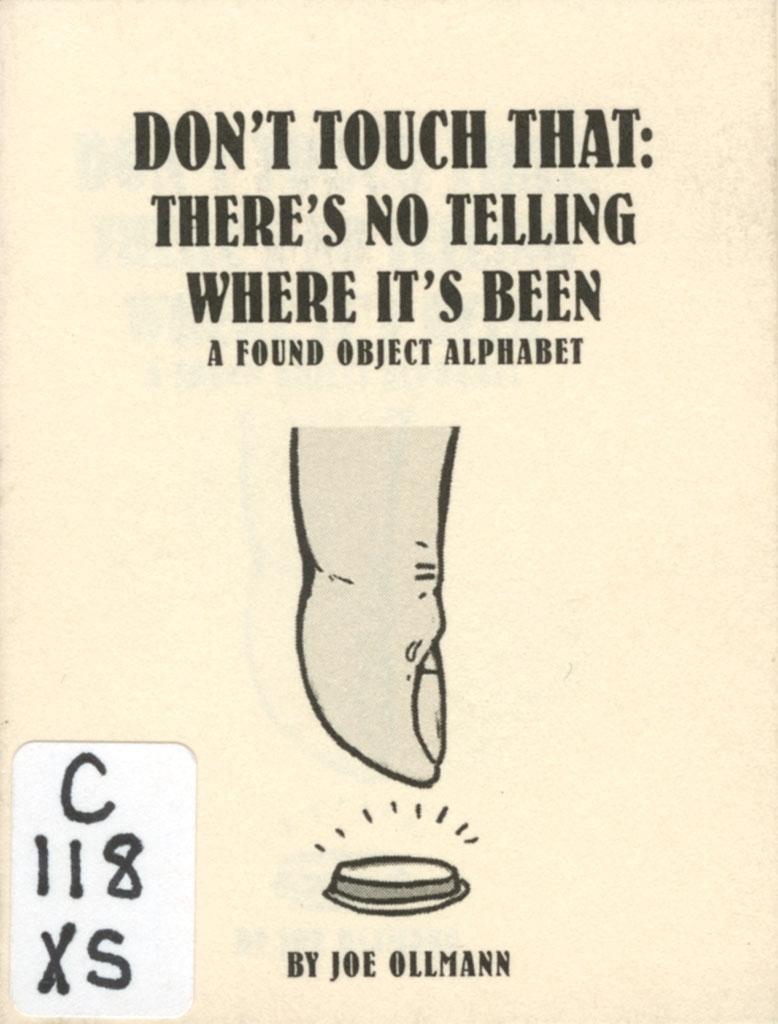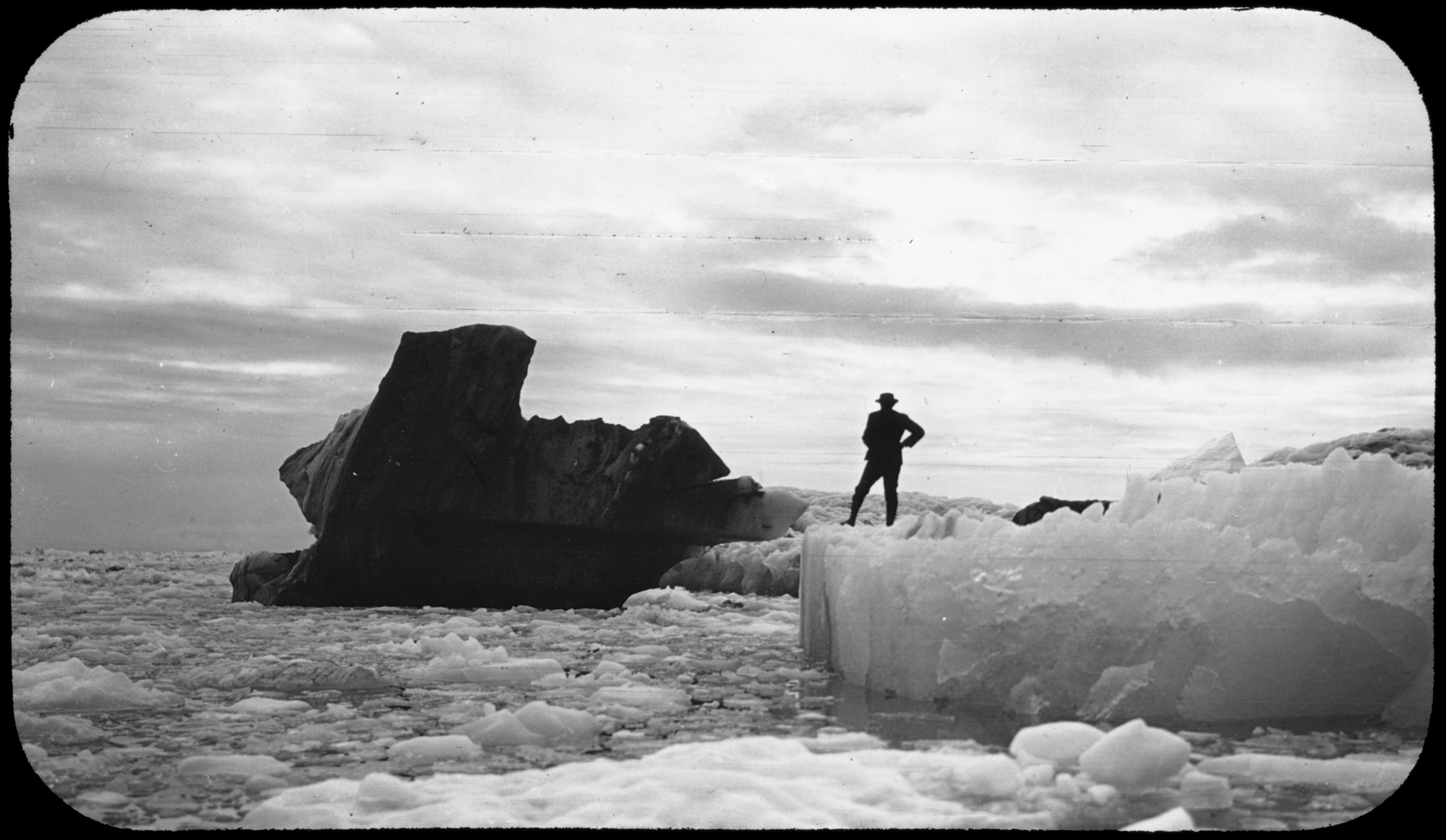More than 1 million images now publicly available at library.artstor.org!
Good news! Artstor has made more than 1 million image, video, document, and audio files from public institutional collections freely available to everyone—subscribers and non-subscribers alike–at library.artstor.org. These collections are being shared by institutions who make their content available via JSTOR Forum, a tool that allows them to catalog, manage, and share digital media collections and make them discoverable to the widest possible audience.
These eclectic collections fall into a multitude of categories, including special collections, faculty research and fieldwork, and museum and gallery collections. By digitizing and sharing these local collections, institutions and scholars can make available a wealth of often fragile physical material that would be difficult to access except by visiting the site itself. Making a collection public also allows researchers to share their findings with the wider scholarly community, providing the opportunity for comparison and feedback, or for student artists to gain recognition for their work.
Go to library.artstor.org now and begin exploring public content from hundreds of collections. Here are a few collections to get you started:

Joe Ollmann. Don’t touch that: there’s no telling where it’s been: found object alphabet. 2010. Image courtesy OCAD U zine collection.
The Ontario College of Art and Design University Zine Collection
Housed in the OCAD University Library’s Learning Zone, this collection functions as a catalog of a wide range of self-published handmade zines that can be browsed on site. The collection’s metadata draws on a customized local subject authority for describing the zines, and each record includes an image of the cover as well as a description of its contents. Making this catalog available online has expanded the reach of the physical collection, increasing its use by the OCAD U community, outside researchers, and the general public—opening up the world of zines for readers and creators everywhere.

Black iceberg. 1909. Image provided by Cornell University.
Cornell: Historic Glacial Images of Alaska and Greenland
This collection shows the value of preserving special collections and making them available for future reuse in new contexts. The photographs taken by Cornell Professor Ralph Stockman Tarr (1864-1912) during expeditions in glaciated regions of Greenland and Alaska provide fascinating glimpses into the history of geology and Tarr’s scholarly work. Digitization has spared the fragile and rapidly obsolescing lantern slides and glass plate negatives on which the images were stored for over a century. The digitized versions have been drawn upon by contemporary climate scientists, who compare Tarr’s images to recent photographs to analyze changes in the glacial landscapes over time.

Teresa Hayes. Brooklyn’s Bridge to Morrisville (page 1 of 6). 1985. Image courtesy Brooklyn College Archives and Special Collections.
Brooklyn College: Farm Labor Project
This collection does a great job of documenting an important chapter in an institution’s history. In WWII, Brooklyn College, along with several other city universities, recruited students for the Farm Labor Project to help with the war effort by picking fruits and vegetables in upstate New York. A secondary benefit was the exposure of city students to country life. The program ran throughout the war and 300 students took part, both men and women, working farms in Red Hook, New York (1942), and Morrisville, New York (1943-1944).